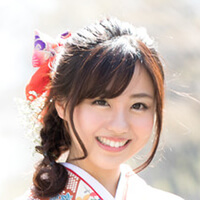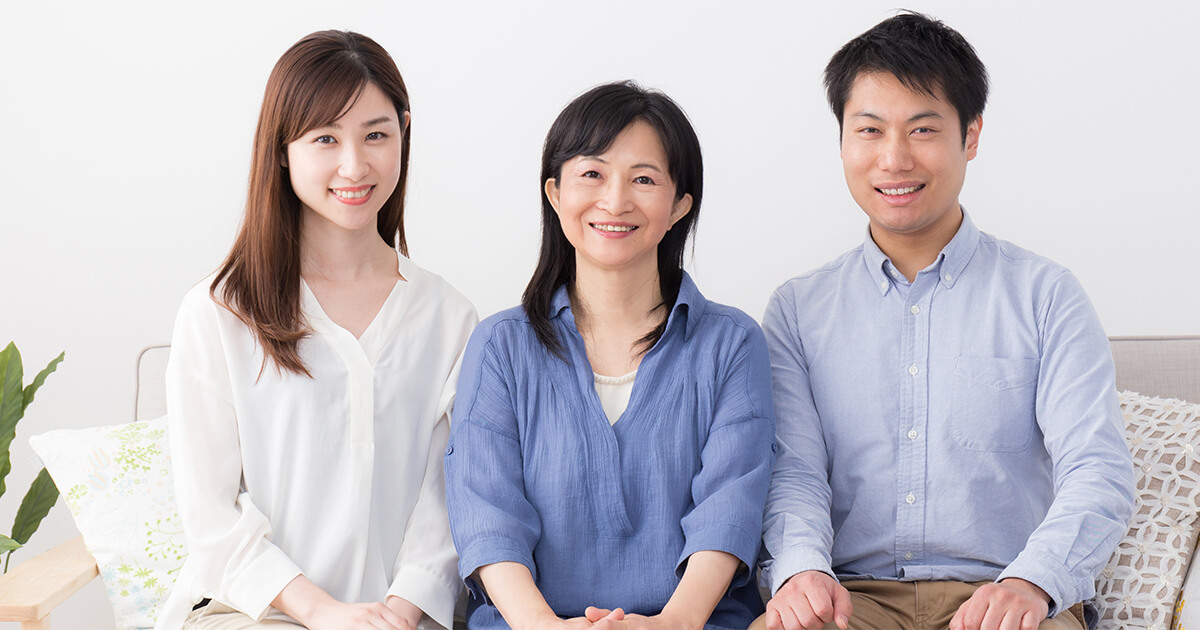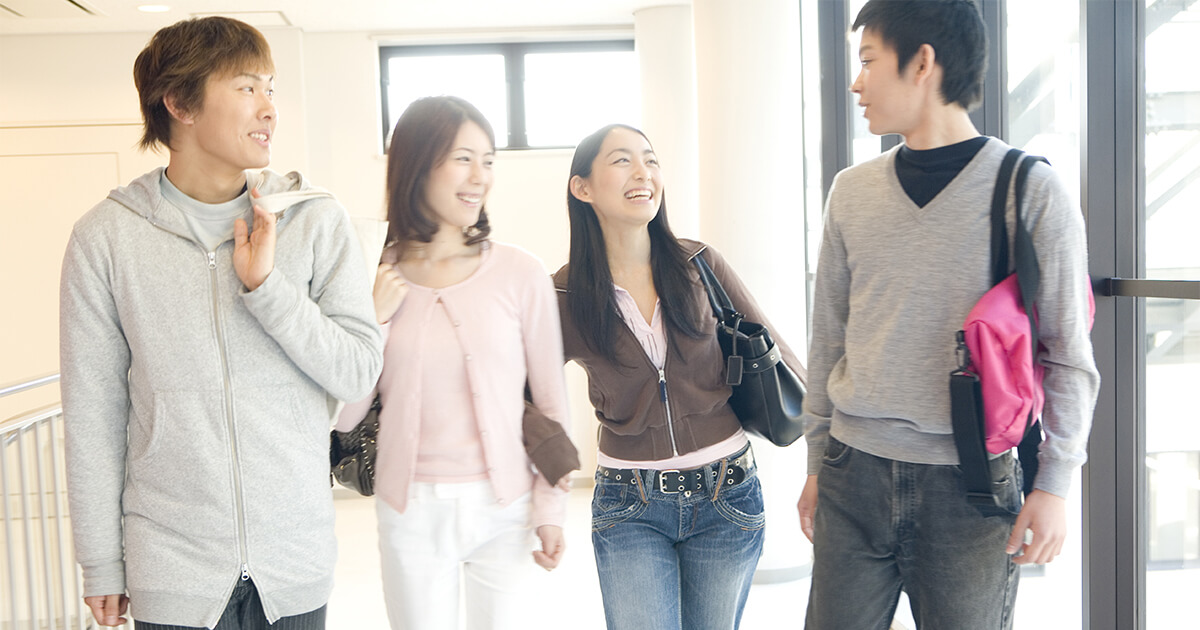Question
I’m a 26-year-old American on a working holiday in Japan. I got a job teaching English to Japanese children. I have had experience as a babysitter in America but over here, I have many students.
As we don’t speak a common language, the children’s attention span is short and sometimes the class gets too noisy to continue.
There is one boy who is overly energetic and sometimes I have to reprimand him, but he doesn’t even understand me. How do I say “Be quiet” in Japanese?

Answer by Professional Japanese Teacher
①しずかにしなさい。
Shizukani shinasai.
Be quiet.
しずかに。
Shizukani
Be quiet.
②シー。
Shii.
Shh
③お口はチャック。
Okuchi wa chakku.
Keep your mouth zipped.
You can change the end of this sentence “しずかにします shizukani shimasu (be quiet)” to set the tone of your intention.
しずかにしてください。Shizukani shitekudasai. Please be quiet.
しずかにしましょう。 Shizukani shimasyoo. Let’s be quiet.
しずかにしなさい。Shizukani shinasai. Be quiet.
しずかに。Shizukani. Be quiet.
しずかにしろ。 Shizukani shiro!! Be quiet!!
As you go down the list, the tone of intention becomes stronger. You can give a warning with sentence (1) and later increase the intensity of your warning. (1) and (2) can be used for adults but it’s too direct in a business situation. (3) is a polite imperative form used by parents or teachers to children. (4) is an abbreviation of (3) by omitting the end of the sentence.
You can use this when you want to give a short and sharp command. (5) is a very strong imperative form. It is used by male speakers when they are very angry such as during quarrels. It is not so suitable for using on children.
As such, I think (3) and (4) are most suitable for using on children in a class.
”Shii” is also effective. It’s the same gesture you use to indicate “be quiet” by placing your index finger in front of your lips.
The last expression “okuchi wa chakku” is said jokingly to “zip up” your mouth as you gesture zipping up a zipper. Children often listen if you say something interesting. Japanese teachers often used this saying “お口はチャック、手はおひざ okuchi wa chakku, te wa ohiza (keep your mouth zipped, hands on knees)” in kindergartens and childcare centres when they want the children to stop talking and sit properly on their chairs. Do give it a try.
It’s difficult to keep young children in control in any culture. Be patient and do your best!




